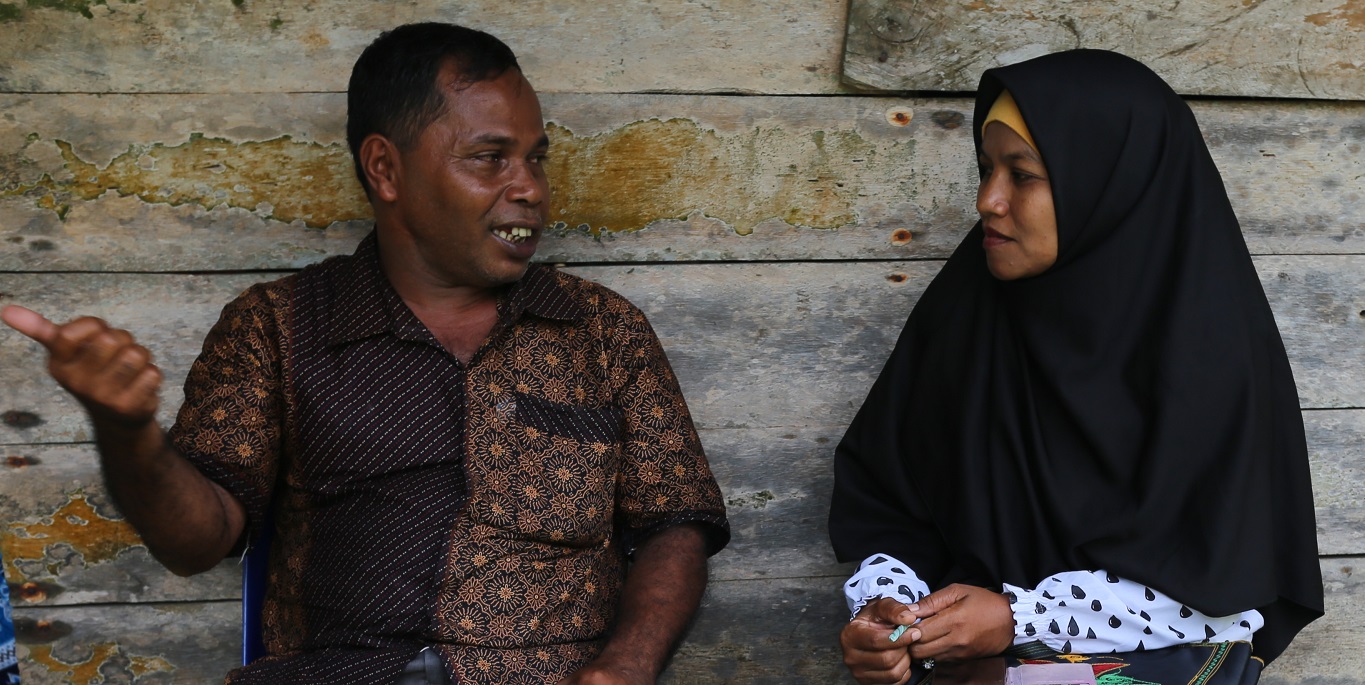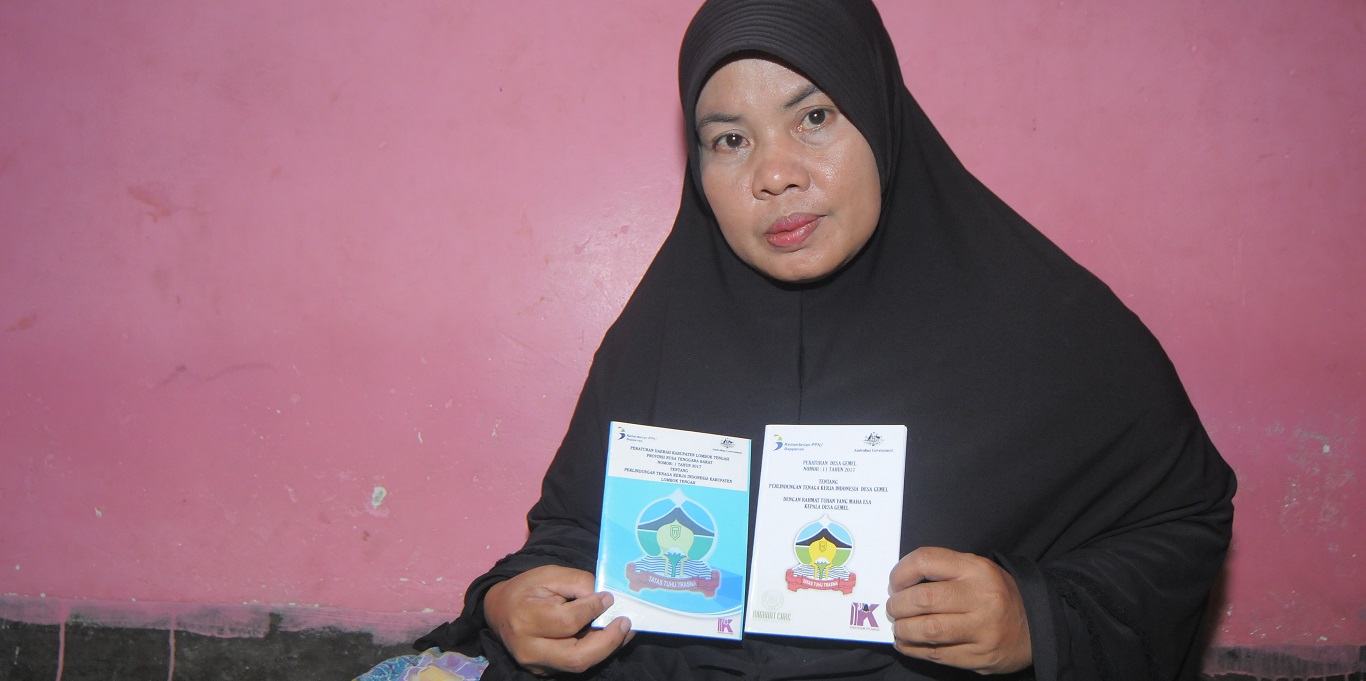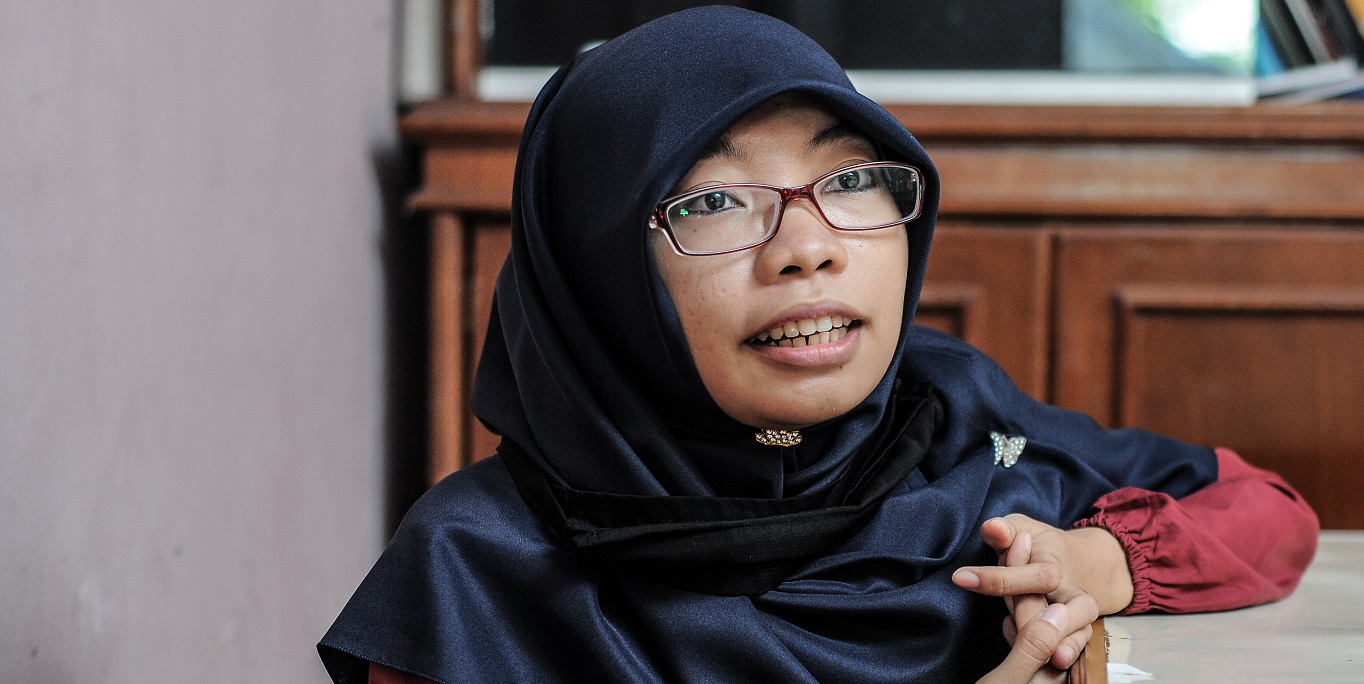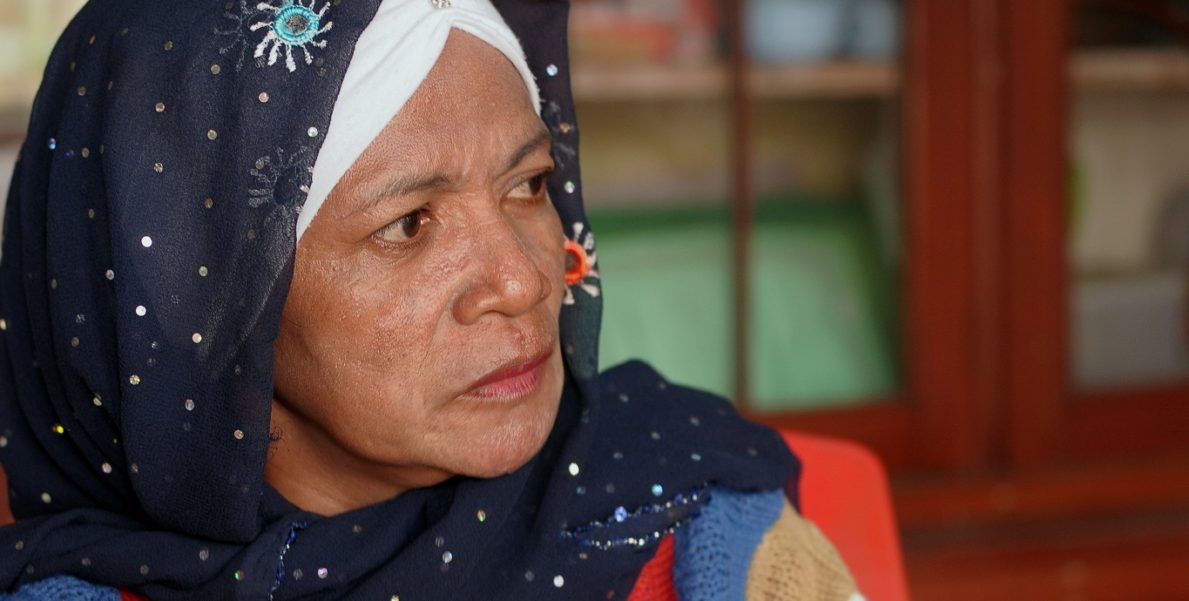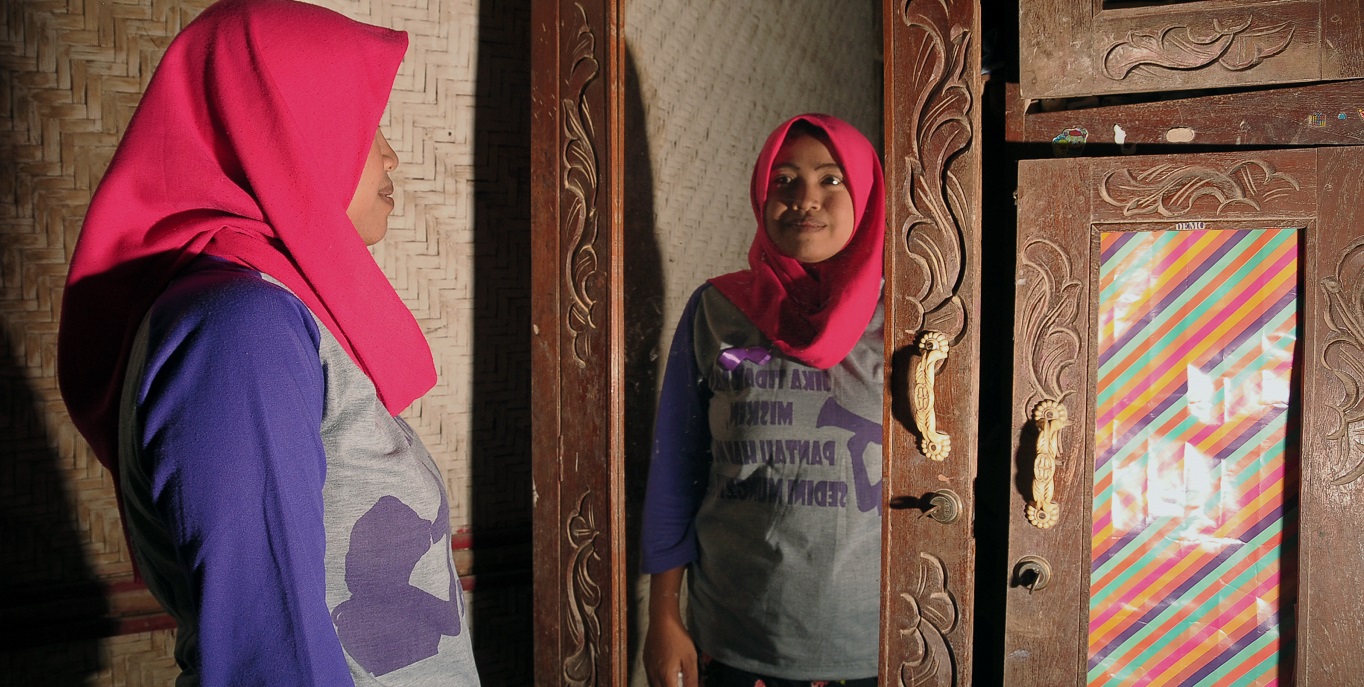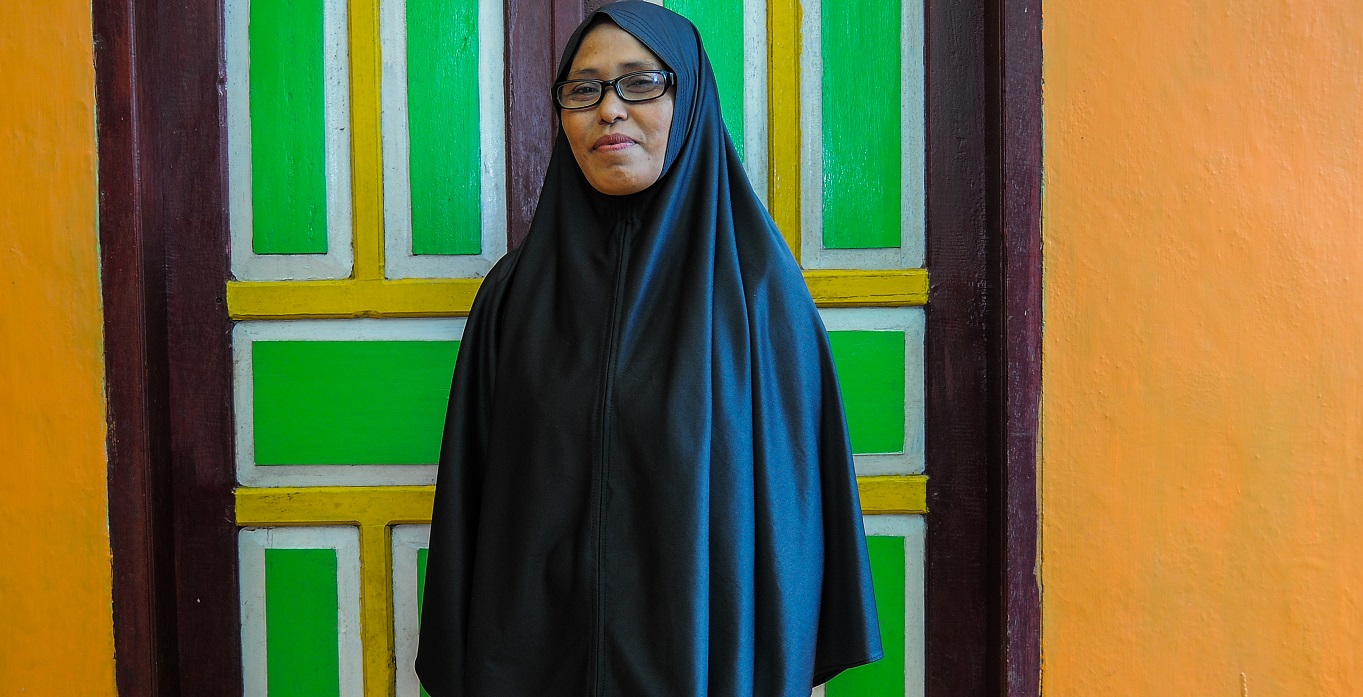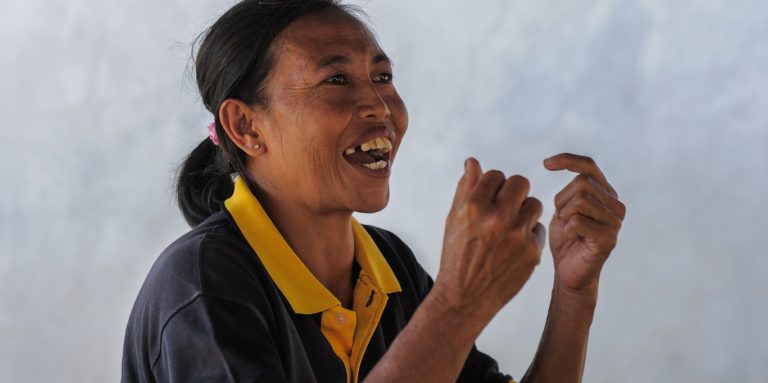Stories
Saving Rice, Getting ‘Interest’ Rice
31 December 2016Penulis: admin
CAN rice grains multiply and receive an ‘interest’ rate when they are saved in the rice barn—just like your money that keeps on multiplying and receiving an interest rate when it is being saved in a bank? Yes, rice grains apparently can. Women’s group mentored by PEKKA (Women-Headed Household) in Kubu Raya Regency, West Kalimantan Province, has proved it.
“Since most of our group members are rice farmers, after harvest, each member collect 25 kilograms of rice. Previously, we had 19 people in our group, so at the time we got more than 400 kilograms of rice, or 4 quintals. We stored it in our barn,” said Ibu Siti Komariyah from Sumber Makmur group, that started their Rice Barn in 2010.
“Later on, members in need can borrow some rice from the barn. For each quintal or rice borrowed, the annual interest rate to be paid is 20 kilograms. This will be paid on the next harvest season. So if we have 4 quintals of rice, we can get an addition of 80 kilograms per year in the barn—only from the interest rates being paid.”
Saving rice grains in the rice barn does not come without a risk. When being stored away for a long time, many things can happen—from rice grains being infested with fleas, or being consumed by rats. “But now we know how to handle it,” Ibu Tri Wahyuni explained. “We can cut down some pandan leaves to be spread out on the barn. Then at night, we light up a 5-Watt lamp inside. When it’s dark, there are loads of rats, but no rats if it’s bright.”
Now there are three women groups of PEKKA in Rasau, Kubu Raya Regency, that manage their own rice barns: Sumber Makmur in Rasau Jaya III, as well as Mekar Jaya and Jaya Berkembang in Rasau Jaya Umum.
“Back then, we also see an example from Sumber Makmur,” said Ibu Tri Wahyuni, the leader of Jaya Berkembang group. “At first, we thought, around here a lot of people already have their own rice barns, what if nobody borrowed our rice. But some of our members do not have a field, so rather than buying loads of rice outside, they can buy rice from our barn. This will be beneficial for our own group in return.”
The first time they built a rice barn, the women borrowed a land that used to host a small kiosk—because they did not have the capital and had not received an aid. But when they got the funding from MAMPU program managed by PEKKA, they could build a rice barn. From buying nails, hinges, and more, all expenses for building the rice barn is written down carefully, accompanied with purchasing proof, to be reported back.
“We feel helped by the rice barn. During a long dry season it’s hard for us to get rice. When we borrow rice from the barn, the interest rate is not that high. When we have the next harvest season, we only need to return the rice with the interest rate,” said Ibu Siti Qoriyatun.
When the harvest succeeds and group members do not need to borrow rice grains, the group can have a discussion if they’d like to sell some rice that has been stored in their barn. Later on, the income from the sales can be distributed to all group members, and can be used to buy their farming needs, such as fertilizer and herbicide.
Rice-lending for group members, however, cannot be given as you please. There is a maximum limit of rice-lending that should be agreed by all group members through discussions. “We need to ensure that we’re being fair,” said Ibu Tri. “What if one person borrows a lot—and then other member wants to borrow, too—but the stock is empty? Thus we need to manage the limit and have a discussion with all group members. For instance, there is a group with a maximum lending limit of 50 kilograms per person.”
Today, this saving-lending activity is still limited only for group members—all is PEKKA members. “If someone from outside wants to lend some rice, we would ask her if she’d like to become a PEKKA member—and fulfill her responsibilities as PEKKA members,” said Ibu Kartinah—one of PEKKA’s active members from Rasau. “How do you put it, if they want to participate in the rice barn, but do not want to join PEKKA, they only want the ‘good times’. While it’s good when we’re together in good times and bad times.”
Monitoring returns of the rice grains being borrowed will also be easier if saving-lending activity can only be conducted by members. “So when someone borrows rice, we can see her rice field, oh, this year her harvest succeed! And we know that, so we know she has the means to return the rice, and she has no excuse not to return it,” Ibu Tri Wahyuni explained.
Apart from the Rice Barn, each women’s group in Rasau also conducted rice jimpitanor arisan. In each group meeting, members bring along rice, egg, or sugar. The amount varies, according to the group’s discussion. For instance, in Mekar Jaya group, for each meeting each one gives 1 kilogram of rice and 2 eggs. Since they have 28 members, this means there are 28 kilograms of rice and 56 eggs being collected once every 2 weeks.
“Then we’ll take a ‘draw’ from the member’s names, the name that comes out will get the rice and eggs collected that day,” said Ibu Kartinah. “If a name comes out but the person is not present, we put her name back into the draw, and then we repeat the process until the name of a person being present comes out. So this is also to get the women excited to come to PEKKA’s meeting. Because it’s so unfortunate if one is not present but her name comes out, and she cannot get the draw.”



